Unplugged Reflection
#unplugjournal
Description
We invite you reflect on your unplugged progress by journaling your experiences over a week. This challenge is about observing how changes in your daily routine, whether it’s reducing screen time, incorporating more physical activity, or practicing mindfulness, impact your mood and productivity. Through daily journal entries, you will gain insights into how small adjustments can lead to significant improvements in your well-being and efficiency.

Reflecting on the Unplugged Experience
Capturing and reviewing your early experiences
Understanding the Unplugged Reflection Challenge
The Unplugged Reflection Challenge is a thoughtful exercise designed to encourage self-awareness and mindfulness. By dedicating time each day to journal about your experiences, feelings, and any changes in your routine, you embark on a personal exploration journey. This challenge is not just about noting what happened throughout your day but delving deeper into how these occurrences influenced your emotional state and productivity levels.
The Benefits of the Reflection Challenge
Enhanced Self-Awareness: Journaling provides a mirror to your thoughts and emotions, helping you understand your reactions and behaviors better.
Improved Mood: Reflecting on positive experiences can boost your mood, while writing about negative ones can help you process and release those emotions.
Increased Productivity: By identifying what practices improve your efficiency, you can make informed adjustments to your daily routine.
Stress Reduction: The act of writing can be therapeutic, serving as a stress-relief tool by organizing your thoughts and concerns.
Implementing Unplugged Reflection Technique in Your Routine
Step 1: Define Your Journaling Goals
Begin by setting clear objectives for your journaling. Decide whether you want to focus on emotional well-being, productivity, or both. This will guide your daily entries and reflections.
Step 2: Choose Your Medium
Select a journaling medium that suits you best, whether it’s a traditional notebook or a digital app. Consider privacy, convenience, and your personal comfort with the medium.
Step 3: Set a Regular Time
Dedicate a specific time each day for your journaling. Whether it’s the first thing in the morning or right before bed, a consistent schedule helps establish a routine.
Step 4: Structure Your Entries
Decide on a structure for your entries. You might start with a brief description of your day, followed by reflections on your mood, productivity, and any changes you observed.
Step 5: Reflect on Changes and Patterns
At the end of the week, review your entries to identify any patterns or insights. Look for changes in your mood or productivity correlated with specific activities or thoughts.
Tips for Effective Reflection
- Limit Time Spent Journaling: To avoid overwhelm, set a maximum amount of time you’ll spend journaling each day.
- Keep It Private: Ensure your journal is a safe space where you can be honest and open without fear of judgment.
- Focus on Self-Reflection: Avoid using the journal to dwell on negative thoughts or criticize yourself harshly.
Overcoming Common Challenges
- Finding Time: If struggling to find time, consider shortening your entries or integrating journaling into another daily activity, like your morning coffee.
- Journaling Consistency: Setting reminders or alarms can help maintain daily consistency.
- Emotional Discomfort: It’s natural to feel uneasy writing about negative experiences. Remember, the goal is personal growth. If emotions become overwhelming, consider seeking support from a friend or professional.
Once you have a few weeks of data, start making minor adjustments. Perhaps designate tech-free times, unfollow unhelpful social media accounts, or substitute digital activities with offline hobbies. The key is using your log’s insights to create a more balanced digital life. Remember, the goal isn’t to eliminate digital usage but to create a more intentional and balanced relationship with technology.

